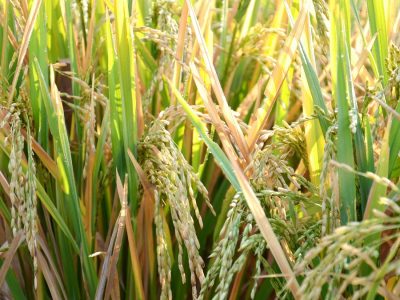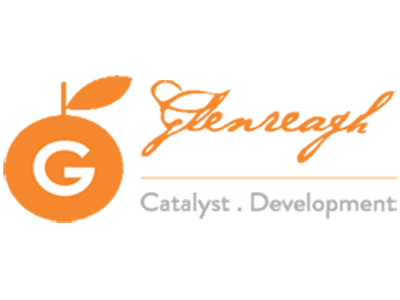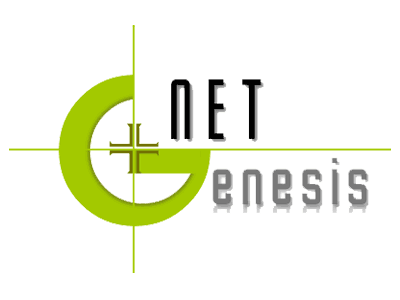
FibroGenesis Logo
FibroGenesis, a Texas-based regenerative medication company centered on tissue recovery and inveterate infection inversion utilizing Human Dermal Fibroblasts (HDFs), nowadays declared the recording of Joined together States Temporary Obvious Number 62/986,339 titled, “Fibroblast and TLR Activated Fibroblast Treatment of Viral Induced Acute Respiratory Distress Syndrome.”
The claims in the patent include utilization of universal donor cell therapies for treatment of Acute Respiratory Distress Syndrome (ARDS), which is one of the major causes of Coronavirus associated deaths. The disclosure addresses the unmet need by providing a novel therapeutic agent in the treatment of ARDS using fibroblasts as toll-like receptors which activates fibroblasts as a means of dampening ARDS, while producing factors such as inteferons to stimulate anti-viral immunity.
“We have known about the regenerative and anti-inflammatory properties of fibroblasts, but our research continues to discover many other benefits of this ‘super-cell,'” commented Tom Ichim, Ph.D., Chief Scientific Officer of FibroGenesis. “COVID-19 mortality centers around ARDS and we are finding compelling data to potentially cure this deadly condition with fibroblasts. We have demonstrated that our cells are capable of producing interferon. Hypothetically, this endows our cells not only with the ability to suppress ARDS, but also allows the cells to possess a direct anti-viral effect.”
“As we continue to expand our clinical knowledge of fibroblasts, we are finding their therapeutic benefit across a broad chronic disease platform,” said Pete O’Heeron, Chief Executive Officer, FibroGenesis. “Discovering fibroblasts can potentially cure the leading cause of death from COVID-19, encouraging us to expedite the clinical testing needed to validate their benefit.”
About COVID-19 Induced ARDS
Acute respiratory distress syndrome (ARDS) is a type of severe acute lung dysfunction affecting all or most of both lungs and can be a severe complication of viral infections including COVID-19. When afflicting older patients with co-morbidities such as diabetes, asthma or heart disease, it can result in a high death rate.
ARDS is a serious condition with associated high mortality that afflicts approximately 200,000 people in the United States each year, leading to approximately 75,000 deaths. A number of clinical trials of treatments for ARDS have been conducted and to date none have been proved highly effective; therefore, there is a great need for new, more effective treatments.
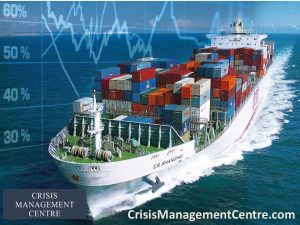
It is known that ARDS is often associated with fluid accumulation in the lungs. When this occurs, the elastic air sacs (alveoli) in the lungs fill with fluid and the function of the alveoli is impaired. The result is that less oxygen reaches the bloodstream, depriving organs of the oxygen required for normal function and viability. Severe shortness of breath, the main symptom of ARDS, usually develops within a few hours to a few days after the precipitating injury or infection.
There are currently no effective pharmacologic therapies for treatment or prevention of ARDS. While inhibition of fibrin formation mitigated injury in some preclinical models of ARDS, anticoagulation therapies in humans do not attenuate ARDS and may even increase mortality. Protective lung ventilator strategies remain the mainstay of available treatment options. Due to the significant morbidity and mortality associated with ARDS and the lack of effective treatment options, new therapeutic agents for the treatment of ARDS and new treatment methods for ARDS are needed.
Services
Stakeholder mapping, analysis, engagement and communication needs to be detailed to avoid business losses or even worse, a crisis. How can you do this effectively to prevent failure? ...
Data-driven business decisions have never been as crucial, especially in this era. MGBF leverages off, technology, experience and market presence to aid businesses in making accurate decisions. ...
MGBF provides comprehensive strategic advice and results-focused solutions to solve clients' problems in business-government relations so they can focus on their core business. ...
A critical business challenge is meeting the right decision-makers and potential buyers through the best channel and platform. How will you improve your business competency? ...
Upcoming Events
In this episode of 'A Working Lunch with Nordin', MGBF's Nordin Abdullah and regional commentator Eddin Khoo will discuss the biggest threats and opportunities for businesses as we look to manage change in the South China Sea.
This MGBF Roundtable will feature thought leaders form Japan, Australia, Singapore and Malaysia dealing with the critical issues of manipulation of public listed companies and government and their financial impacts.
A series of networking sessions with various business associations and trade organisations exploring high-value opportunities for business leaders and entrepreneurs looking to build the relationships that matter.
This integrated event will include a forum, dedicated business matching, site visits, a gala dinner and a round of golf. Aptly themed, the focus will be on regional food security issues and trends in the context of the supply chain, agriculture technology and trade regulations and policies.
MGBF In The News
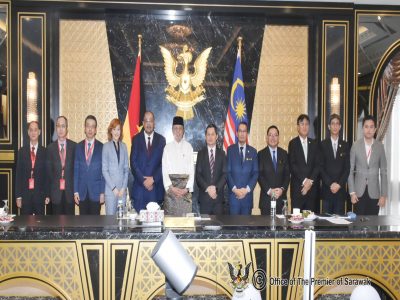
Planet QEOS and China Machinery Engineering Corporation (CMEC) are interested in investing RM10 billion to co-develop advanced Megawatt peak (MWp) agrovoltaic in Baram, to further boost Sarawak’s green energy initiative and food security. Sarawak Premier Datuk Patinggi Tan Sri Abang Johari Tun Openg was briefed on Friday by both the […]

Last week SPM results came out, 373,974 aspirants who have been waiting patiently over the last few months would now know their fate. Some 10,109 have received all A’s, the golden standard of academic success and the ticket to those looking to study the “more advanced” subjects in university. Proudly, […]
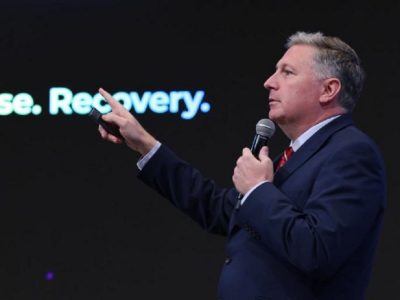
The classic knee-jerk reaction is to say, fire the coach, change the leadership of associations, and reduce the funding till they start performing better. This kind of negative reinforcement may work for kindergarten children, but we are dealing with high-performance adults – individuals much further along in their psychological and […]
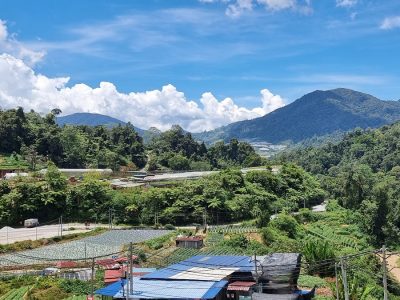
Since its earliest tea plantations in 1929, Cameron Highlands has grown to become a key player in the agricultural landscape of Malaysia, producing 40 per cent of all vegetables grown. Despite Malaysia shifting its economic focus away from agriculture, the industry remains imperative for food security and the livelihoods of […]
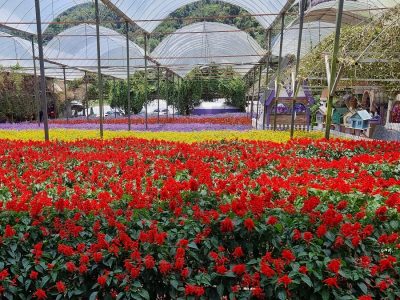
Although at first glance the travel industry and the agricultural sector appear to have nothing in common, they actually share more than meets the eye. The economic benefits of tourism to the agricultural sector can be multiplied several times over. “Tourism brings the end consumers closer to the source, which […]

The Malaysia Global Business Forum (MGBF) recently held a high-level roundtable themed ‘Designing the Future of the Digital Economy’, attended by industry leaders and business associations. The guest of honour was Yang Berhormat Syerleena Abdul Rashid, the Member of Parliament (MP) for Bukit Bendera in Penang. The MP’s Special Session […]

The Malaysia Global Business Forum (MGBF) will be hosting a roundtable on ‘Designing the Future of the Digital Economy’ on 23 February 2023. It is the culmination of the first three MGBF Exclusive Roundtable Series titled ‘The Evolving Threat Matrix in the Digital Economy’ held throughout 2022. According to the […]

The Founding Chairman of the Malaysia Global Business Forum (MGBF), Nordin Abdullah, today spoke on Bernama TV’s leading English talk show, The Brief, hosted by Jessy Chahal, on the topic of a stable political reality and what that means for the Malaysian economy. Nordin said, “The first thing that it […]

More than 1,100 years ago, Muhammad ibn Musa al-Khwarizmi was developing the mathematical formulas that we know today as algorithms which now have become so intertwined with the business fortunes of global media giants and the very fabric of geopolitics. A series of recent high level international reports have revealed […]

KSK Land has been recognised by the Malaysia Global Business Forum (MGBF) for its role in attracting high net-worth individuals to Malaysia post-pandemic. The first challenge in investor attraction is “selling” the country. In the context of Asia, Malaysia is competing with some very established investment destinations. The second […]
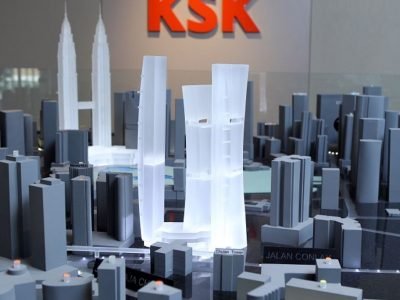
Malaysia, in particular Kuala Lumpur, continues to position itself as a regional centre to do business, educate a family and enjoy a global lifestyle. One company, KSK Land, has taken the lead in positioning itself and the city of Kuala Lumpur as a property investment destination for the global citizen […]

The upcoming budget represents an opportunity to build resilience in the critical sectors that will form the backbone of the country’s future-facing economic ambitions. This however needs to be achieved in the context of managing the community sectors most impacted by COVID-19 over the past two years. The Keluarga Malaysia (Malaysian Family) […]

Malaysia Global Business Forum (MGBF) has moved to support the creative economy as the overall economy moves into a recovery phase following the COVID19 pandemic. As a step in the direction of normalcy, the MGBF has agreed to host the art exhibition “I Know You’re Somewhere So Far” by one […]
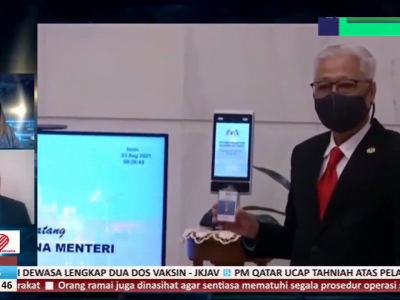
Congratulations to Datuk Seri Ismail Sabri Yaakob for taking up the mantle of the ninth prime minister of Malaysia. There is nothing normal about the situation; it could not have been scripted but it has kept the spectrum of media, mainstream and social, gripped. The first order of business for […]

In a stirring speech to the nation, President Joseph R. Biden, Jr. stamped his brand of leadership on the presidency, in his first act as the 46th president of the United State of America, it signaled several shifts. Perhaps the weather was foreboding with snow falling before the ceremony that […]
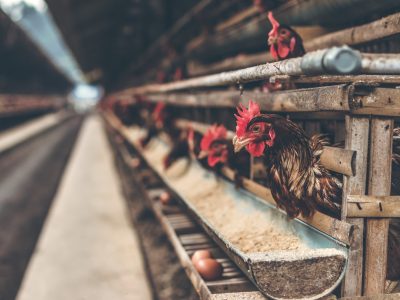
KUALA LUMPUR, 6 July 2022 – As the global economy continues to deal with unprecedented levels of disruption caused by the pandemic and the conflict between Russia and Ukraine, the convergence of energy security and food security issues has become a front-of-mind issue faced by policy makers and consumers alike. […]

KUALA LUMPUR, 23 June 2022 — Malaysia Global Business Forum (MGBF) ties up with scoutAsia to ensure that businesses are equipped with deeper regional insights. The past two years has seen a massive shift in the way businesses are conducted with digitisation, digitalisation and automation continuously being adopted to improve […]
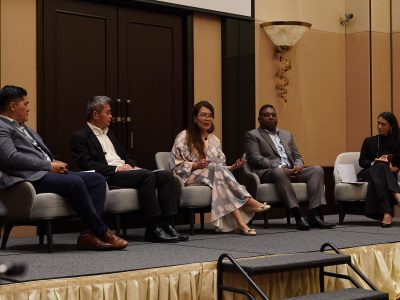
KUALA LUMPUR, 25 May 2022 – The Malaysia Global Business Forum (MGBF)’s exclusive roundtable on ‘Security Concerns in Critical Value Chains’ was held in a hybrid setting yesterday at the Eastin Hotel Kuala Lumpur. The guest of honour was Yang Berbahagia Tan Sri Dato’ Seri Rafidah Aziz, former minister of […]

We live in the age of crisis. At the heart of any crisis is the threat of rapid change. Change too deep or too wide that the current coping mechanisms for an individual, corporation or government are unable to remain resilient. An unwelcome paradigm shift, like the proverbial spider, that […]











